Gardening is a fulfilling and rewarding activity that allows individuals to connect with nature and cultivate their green oasis. To ensure a successful and enjoyable gardening experience, having the right tools is essential. From soil preparation to plant care, gardening tools are indispensable for both novice and seasoned gardeners.
If you want to know what tools do i need for gardening, then you are on the right page. In this guide, we will explore a diverse range of gardening tools, each serving a specific purpose to help you maintain a thriving garden.
Organize your shed with essential gardening equipment to simplify yard upkeep. Take a look at this list of the top gardening tools that every gardener needs.
1. Hand Trowel
The hand trowel is a compact and versatile tool that serves as an indispensable companion for gardeners of all levels of expertise. This handheld implement is designed for a myriad of tasks, making it an essential addition to any gardener’s toolkit.
Typically composed of a sturdy handle and a small, flat metal blade, the hand trowel is designed for ease of use in various gardening activities. The blade may be marked with measurements to help with planting at the correct depth.
One of the primary functions of the hand trowel is to assist in planting and transplanting tasks. Its compact size allows gardeners to dig small, precise holes for seeds or young plants. This precision is especially crucial when working with delicate seedlings or when creating intricate planting arrangements.
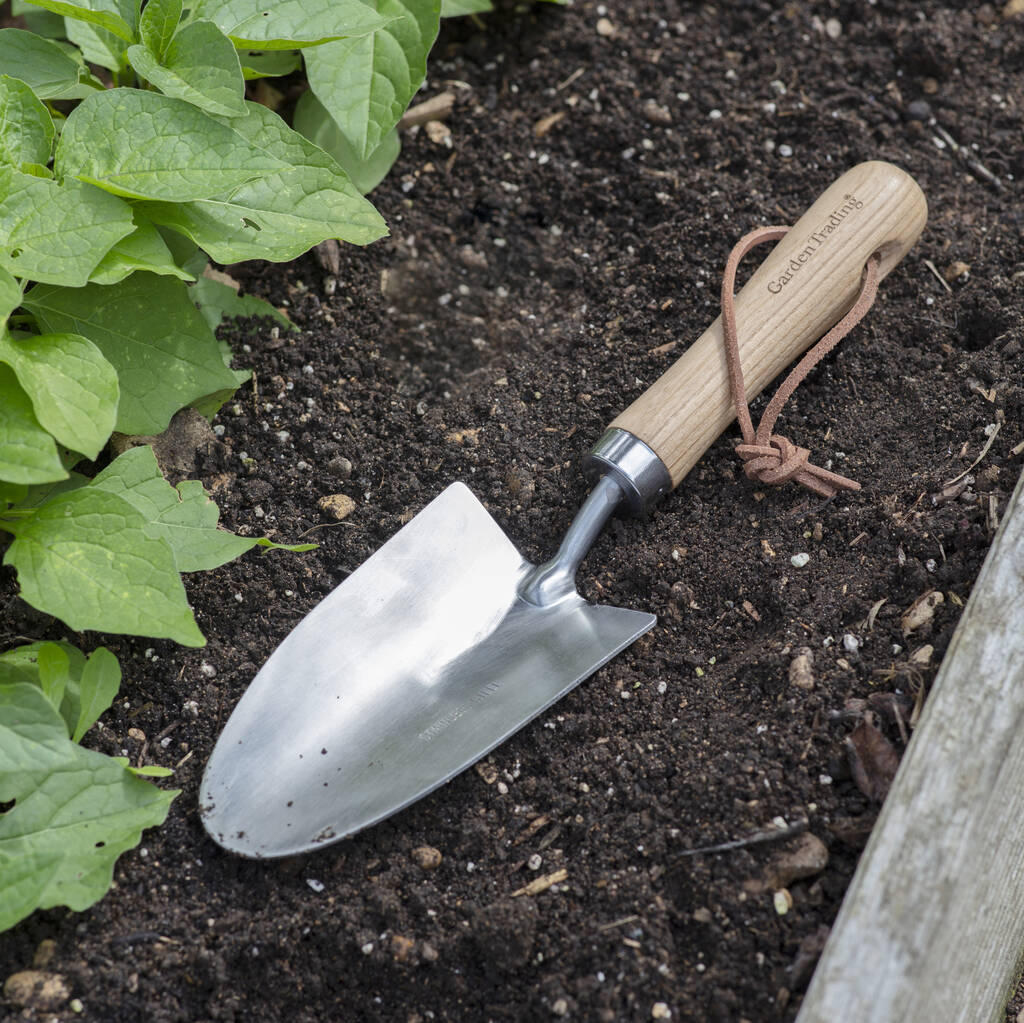
2. Pruning Shears
Pruning shears, also known as hand pruners or secateurs, are essential gardening tools for maintaining the health, shape, and aesthetics of plants in a garden. These cutting tools are designed for precision, enabling gardeners to trim branches and remove unwanted growth with accuracy.
Pruning shears come in different types, including bypass, anvil, and ratchet pruners. Bypass pruners have two curved blades that bypass each other, providing a clean cut. Anvil pruners have one sharp blade that cuts against a flat surface, and ratchet pruners have a mechanism that makes cutting easier, especially for those with weaker hand strength.
The primary purpose of pruning shears is to trim and shape plants. Regular pruning encourages the development of strong branches and removes dead or diseased wood, promoting overall plant health. Precision cutting is essential to prevent damage to the plant and ensure a clean, quick healing process.
To keep pruning shears in optimal condition, regular cleaning and sharpening are necessary. Lubricating the moving parts helps maintain smooth operation. Additionally, replacing worn-out or damaged parts, such as blades or springs, ensures the tool remains effective and safe to use.
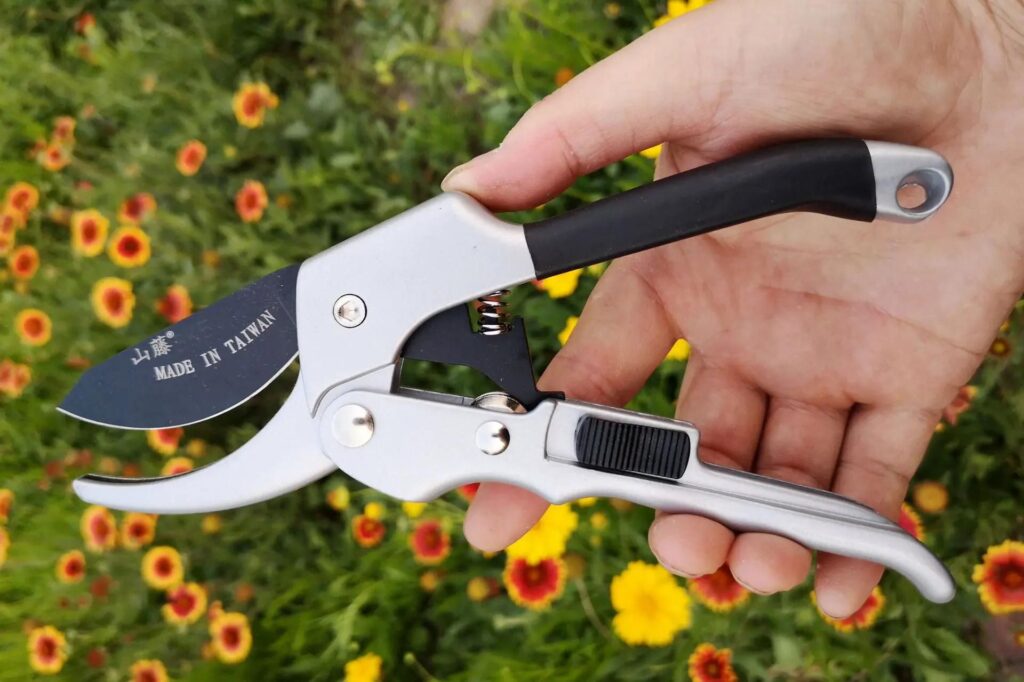
3. Garden Fork
The garden fork is one of the fundamental gardening tools in the gardener’s arsenal, designed to aerate soil, break up compacted earth, and prepare garden beds for optimal plant growth. This robust implementation is crucial for maintaining soil health and promoting a thriving garden ecosystem.
A garden fork typically consists of a handle attached to several sturdy tines or prongs. The number and spacing of the tines can vary, influencing the fork’s effectiveness in different soil types. The fork’s design allows for efficient penetration into the soil without causing excessive disruption.
Selecting the right garden fork depends on the specific needs of your garden. For heavy clay soils, a fork with sturdy, closely spaced tines is ideal, while sandy soils may require a fork with broader tines. Choosing a fork with a comfortable grip and a handle length suitable for your height ensures ease of use.
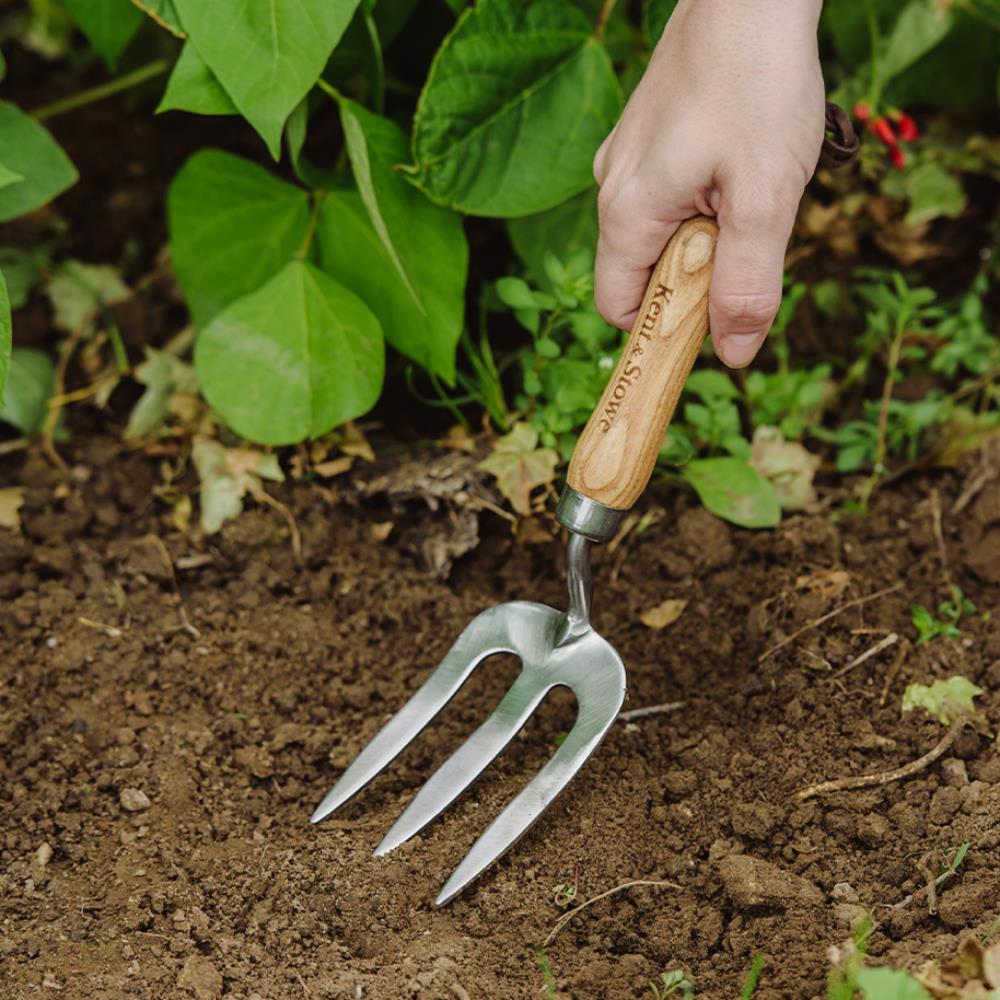
4. Rake
The humble rake is among the versatile gardening tools that serves various purposes, from clearing debris and fallen leaves to preparing garden beds for planting. Its simple yet effective design makes it an essential tool for maintaining a tidy and well-kept garden.
Rakes come in different types, each designed for specific tasks. A leaf rake, with its wide fan of lightweight tines, is ideal for collecting leaves and other debris from the garden surface. On the other hand, a garden rake, with its sturdy, closely spaced tines, is suitable for soil leveling and bed preparation.
One of the primary functions of a rake is the removal of debris, such as fallen leaves, grass clippings, or small twigs. Regularly clearing debris not only keeps the garden visually appealing but also prevents the buildup of materials that can harbor pests and diseases.
Garden rakes with robust tines are excellent tools for leveling soil and preparing garden beds. By raking the soil, gardeners create a smooth and uniform surface, making it easier to plant seeds and young seedlings. This process also helps improve soil aeration and water absorption.
Maintaining a rake is relatively straightforward. Regularly clean the tines to prevent the accumulation of debris that can hinder performance. Check for any bent or damaged tines, and replace them as needed. A well-maintained rake ensures efficient garden cleanup and bed preparation.
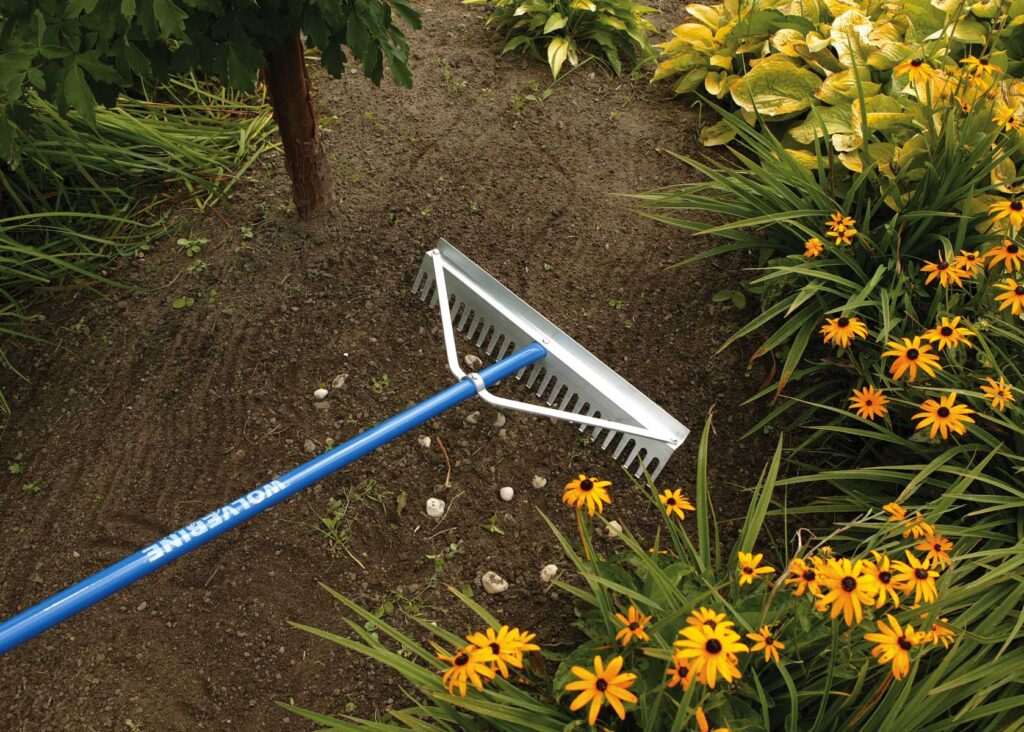
5. Hoe
The hoe is one of the versatile gardening tools that serves multiple functions, including weeding, cultivating soil, and creating furrows for planting. Its design allows for efficient movement through the soil, making it an essential tool for maintaining a healthy and thriving garden.
Several types of hoes are available, each designed for specific tasks. The common garden hoe, with its flat, paddle-like blade, is ideal for cultivating and weeding. The scuffle hoe, with a looped blade that moves back and forth, is effective for cutting weeds at the soil surface without disturbing the surrounding soil.
When preparing the garden for planting, a hoe can be used to create furrows or trenches for seeds or seedlings. This ensures proper spacing and depth for planting, contributing to the success of the growing plants.
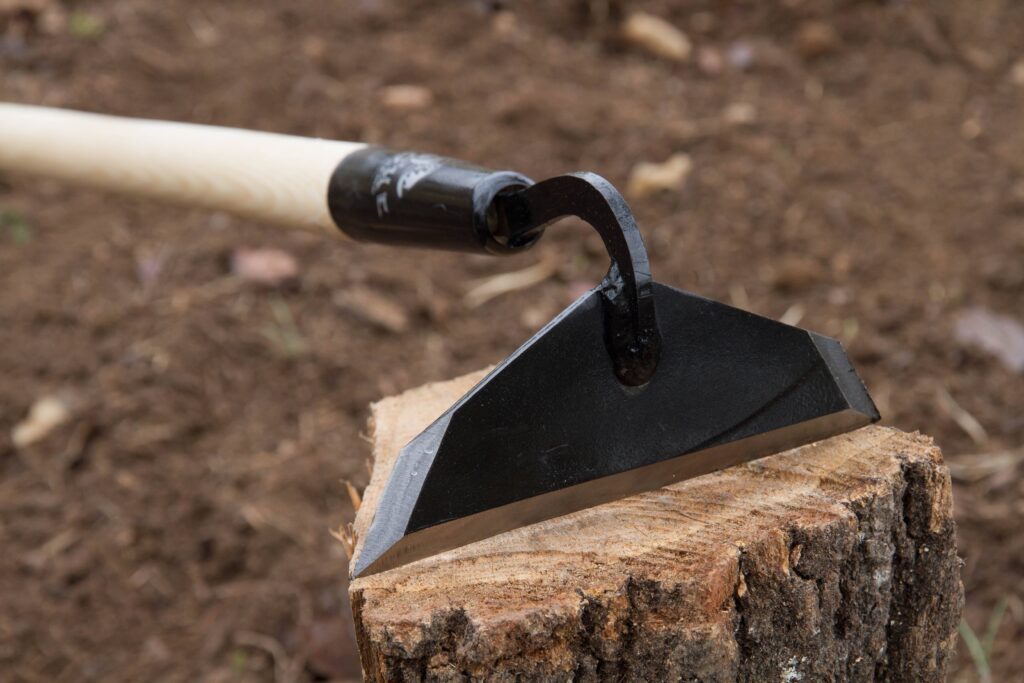
6. Garden Gloves
Garden gloves are an essential accessory for any gardener, offering protection and comfort during a variety of gardening tasks. These versatile gardening tools serve as a barrier between hands and potential hazards, making them a crucial component of the gardening toolkit.
Garden gloves are typically made from a variety of materials, including leather, latex, rubber, or a combination of these. The choice of material depends on the intended use; for instance, leather gloves provide durability and protection against thorns, while latex gloves offer flexibility and water resistance.
One of the primary functions of garden gloves is to shield hands from thorns, prickly plants, and abrasive surfaces. The reinforced fingertips and palms of some gloves provide an extra layer of protection, preventing injuries and discomfort during tasks like pruning, weeding, and handling rough materials.
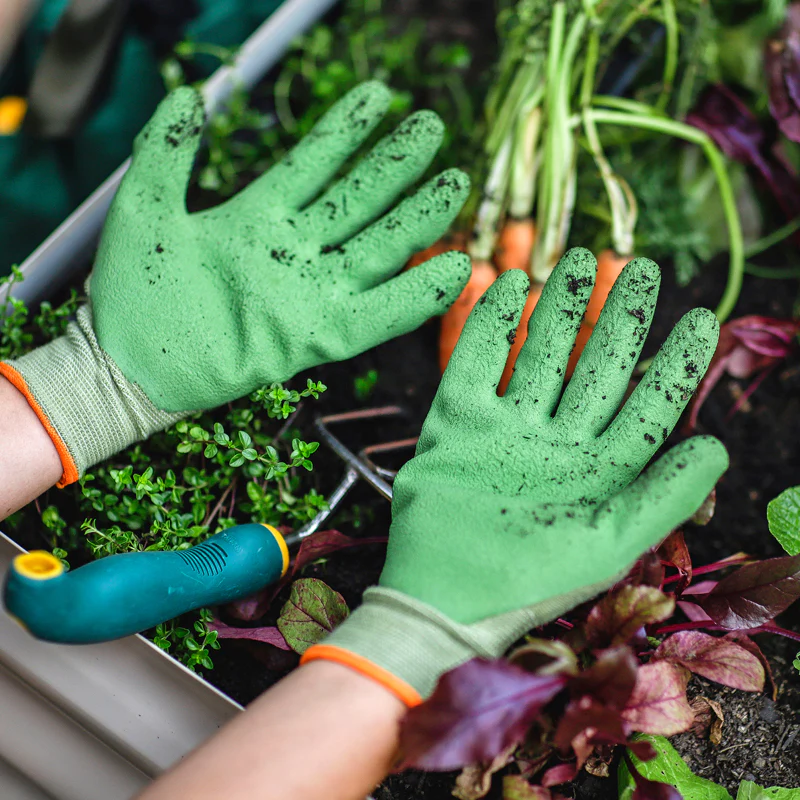
7. Watering Can
A watering can is one of the fundamental gardening tools for gardeners, facilitating the precise and controlled delivery of water to plants. This essential watering tool ensures that plants receive the right amount of hydration, contributing to their overall health and vitality.
Watering cans come in various designs, but a typical can feature a handle, a spout, and a container for holding water. Some watering cans have a removable sprinkler head for a gentle shower-like distribution, while others have a narrow spout for targeted watering.
One of the primary advantages of using a watering can is the ability to deliver water directly to the base of plants. This precision is especially crucial for young seedlings, delicate flowers, and plants that are sensitive to overwatering. The controlled flow of water prevents soil erosion and minimizes water wastage.
Many gardeners use watering cans for the application of liquid fertilizers or plant nutrients. This allows for even distribution, ensuring that each plant receives the necessary nutrients for robust growth. Some watering cans are designed with features like a built-in fertilizer chamber for convenient mixing.
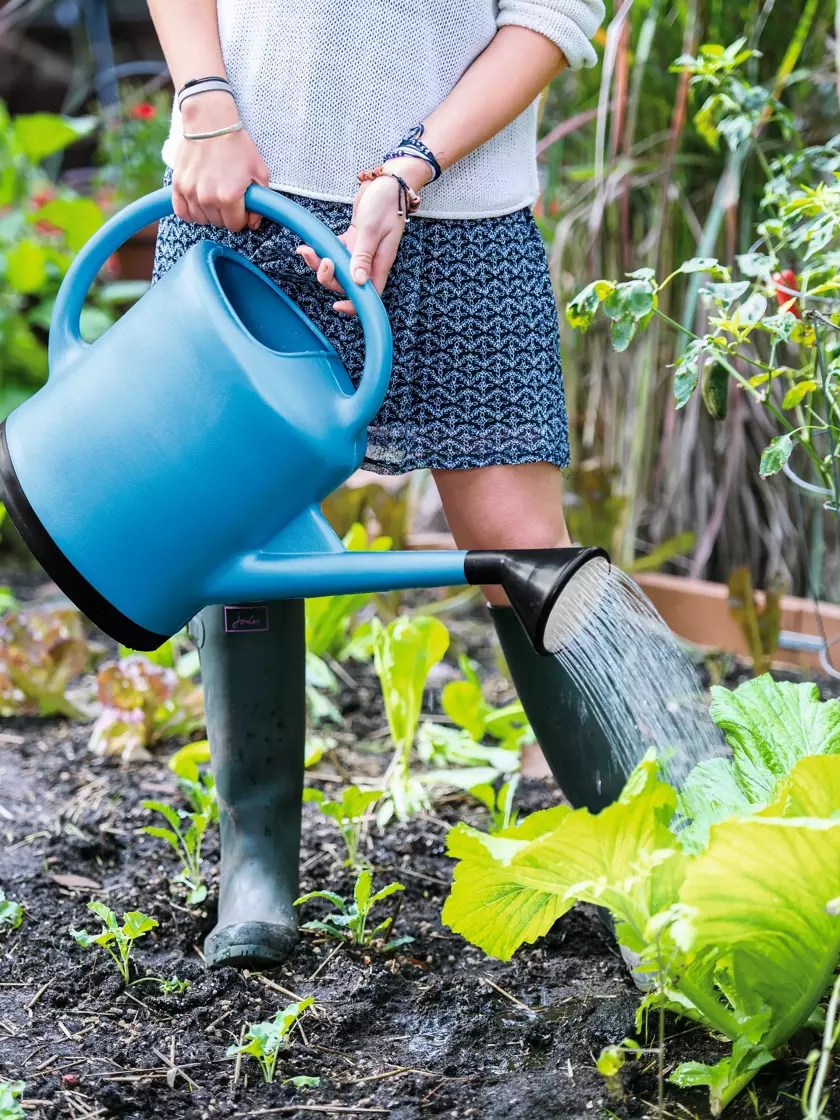
8. Wheelbarrow
The wheelbarrow is a versatile and indispensable tool for gardeners, serving as a reliable workhorse for transporting heavy loads of soil, mulch, plants, and various other materials. This simple yet effective tool significantly eases the physical demands of garden-related tasks.
A wheelbarrow typically consists of a large, shallow container mounted on a single wheel, with two handles extending from the front for easy maneuverability. The wheel allows gardeners to navigate uneven terrain with relative ease, making it an efficient tool for transporting bulky and heavy items.
One of the primary functions of a wheelbarrow is to transport soil and mulch from one location to another. This is particularly useful when preparing garden beds, replenishing soil in pots, or spreading mulch around plants. The wheelbarrow’s design allows for easy dumping of its contents at the desired location.
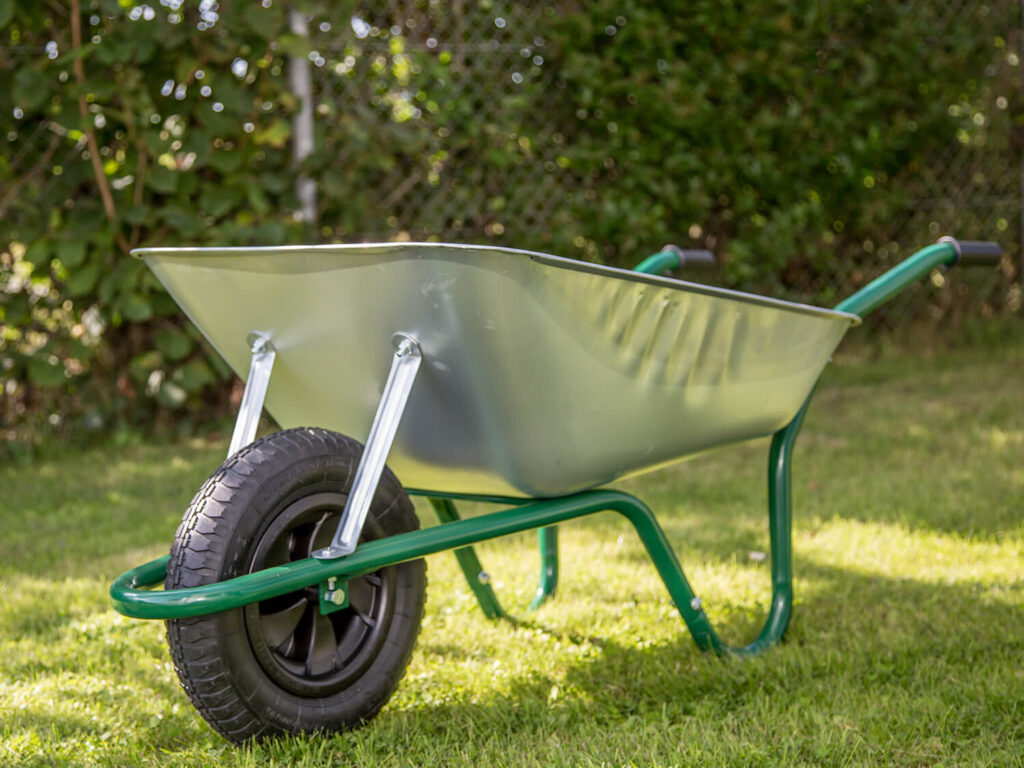
9. Pruning Saw
A pruning saw is a specialized tool designed for cutting through thicker branches that pruning shears may struggle to handle. This robust tool is an invaluable addition to a gardener’s toolkit, enabling precise and efficient pruning of larger plants and trees.
Pruning saws come in various types, including folding saws and fixed-blade saws. Folding saws are compact and portable, making them suitable for pruning tasks in tight spaces. Fixed-blade saws, on the other hand, provide additional stability and cutting power for thicker branches.
While pruning shears are effective for smaller branches, a pruning saw excels at cutting through thicker limbs and branches that may be too challenging for other tools. This is particularly useful when shaping trees, removing dead wood, or conducting larger pruning tasks.
To ensure optimal performance, it’s essential to keep the pruning saw well-maintained. Regularly clean the blade to remove sap and debris, sharpen the teeth as needed, and lubricate any moving parts. Proper maintenance enhances the saw’s longevity and ensures clean, efficient cuts.
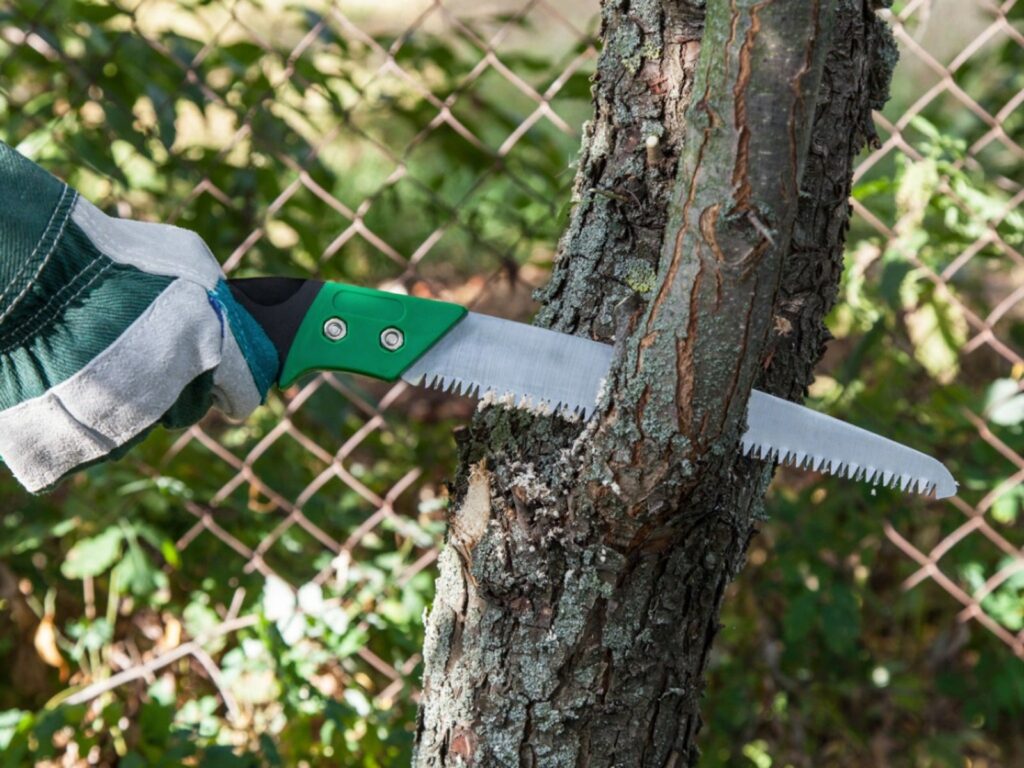
10. Garden Kneeler
A garden kneeler is a practical and ergonomic tool that provides comfortable support for gardeners working at ground level. This versatile accessory serves multiple functions, offering a padded surface for kneeling or a sturdy platform for sitting.
Gardeners often find themselves kneeling for prolonged periods while planting, weeding, or performing other ground-level tasks. A garden kneeler with a cushioned surface provides essential comfort, reducing strain on the knees and allowing for more extended periods of productivity.
Many garden kneelers feature a flippable design, allowing them to serve as both a kneeling pad and a seat. When flipped upside down, the kneeler becomes a sturdy platform, providing a comfortable seat for tasks that don’t require kneeling. This versatility adds to the practicality of the garden kneeler.
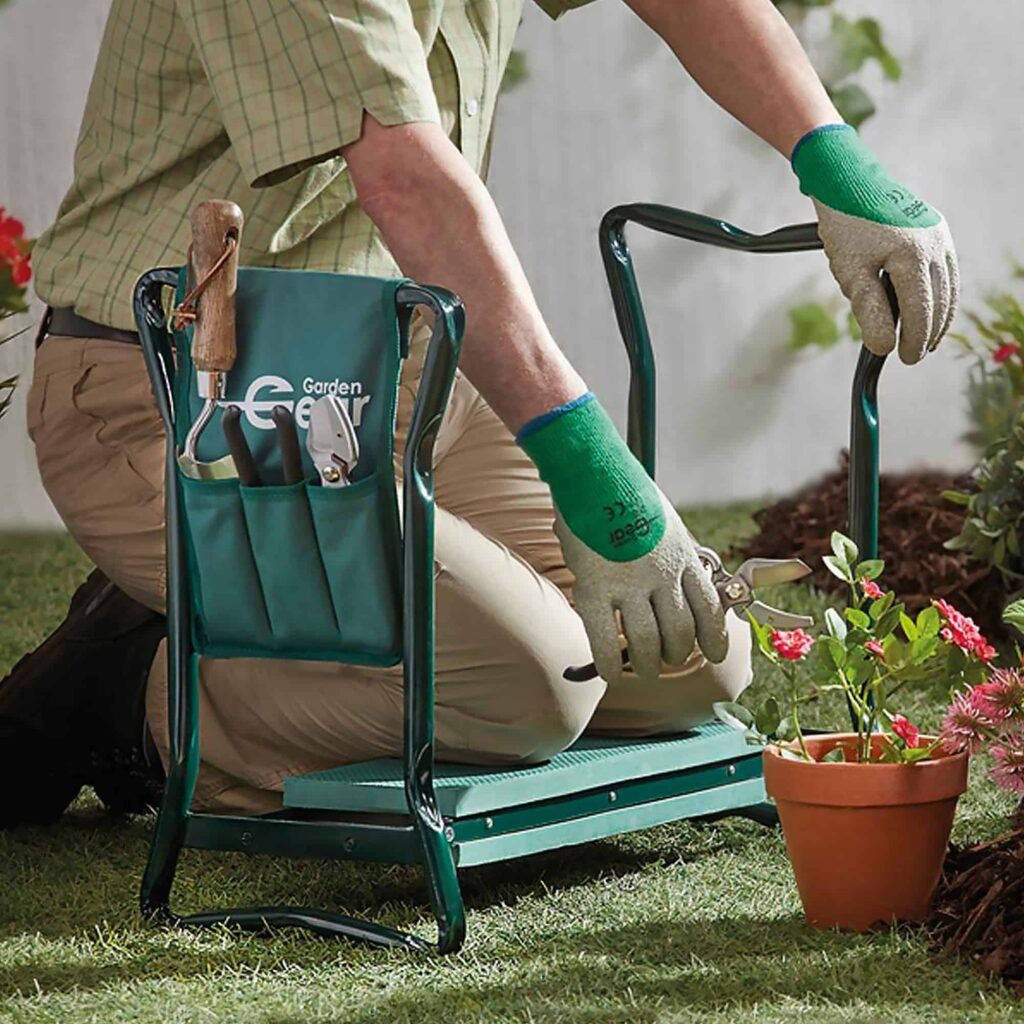
11. Edging Knife
An edging knife is a specialized gardening tool designed to create clean and defined borders around flower beds, pathways, and other landscaped areas. This precise cutting tool is essential for maintaining the aesthetic appeal of a garden by keeping edges sharp and well-defined.
Edging knives typically feature a straight, sharp blade with a pointed tip and a handle for easy maneuverability. The blade is designed to cut through grass, turf, or soil with precision, creating distinct edges that enhance the visual appeal of garden beds.
One of the primary functions of an edging knife is to create clean lines along the borders of garden beds. This not only adds a polished and manicured look to the garden but also prevents grass and weeds from encroaching into flower beds, helping to maintain a tidy and well-organized outdoor space.
Over time, grass and weeds can creep into garden borders, diminishing the overall appearance of the landscape. An edging knife is an ideal tool for removing this overgrowth, allowing gardeners to maintain control over the boundaries of their planting areas.
To ensure the effectiveness of the edging knife, it’s essential to keep the blade sharp and clean. Regularly sharpen the blade using a sharpening stone or a specialized tool, and clean any soil or debris from the blade after each use. Proper maintenance prolongs the life of the edging knife and ensures consistent, clean results.
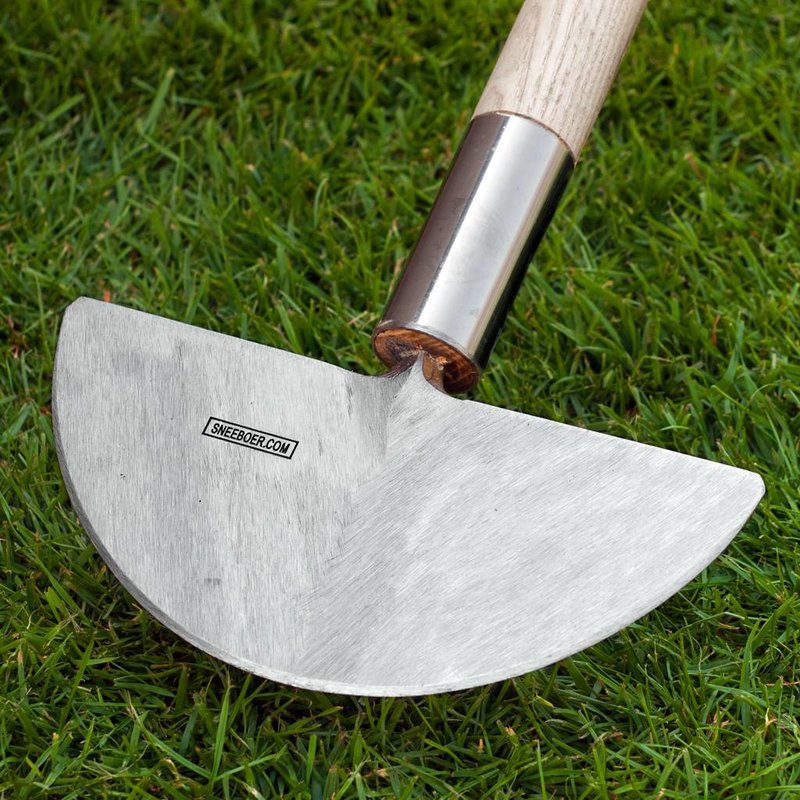
12. Soil pH Tester
A soil pH tester is a crucial tool for gardeners seeking to understand and manage the acidity or alkalinity of their soil. This information is vital for selecting appropriate plants, optimizing nutrient availability, and ensuring the overall health and productivity of the garden.
The pH level of soil influences nutrient availability to plants. Different plants have specific pH preferences, and maintaining the correct pH range ensures that essential nutrients are readily absorbed by plant roots. A soil pH tester allows gardeners to monitor and adjust pH levels for optimal plant growth.
Soil pH testing involves collecting soil samples from various areas of the garden. These samples are then mixed with water and tested using a pH meter or a color-changing test kit. The results provide valuable insights into the soil’s acidity or alkalinity, guiding gardeners in making informed decisions about plant selection and soil amendments.
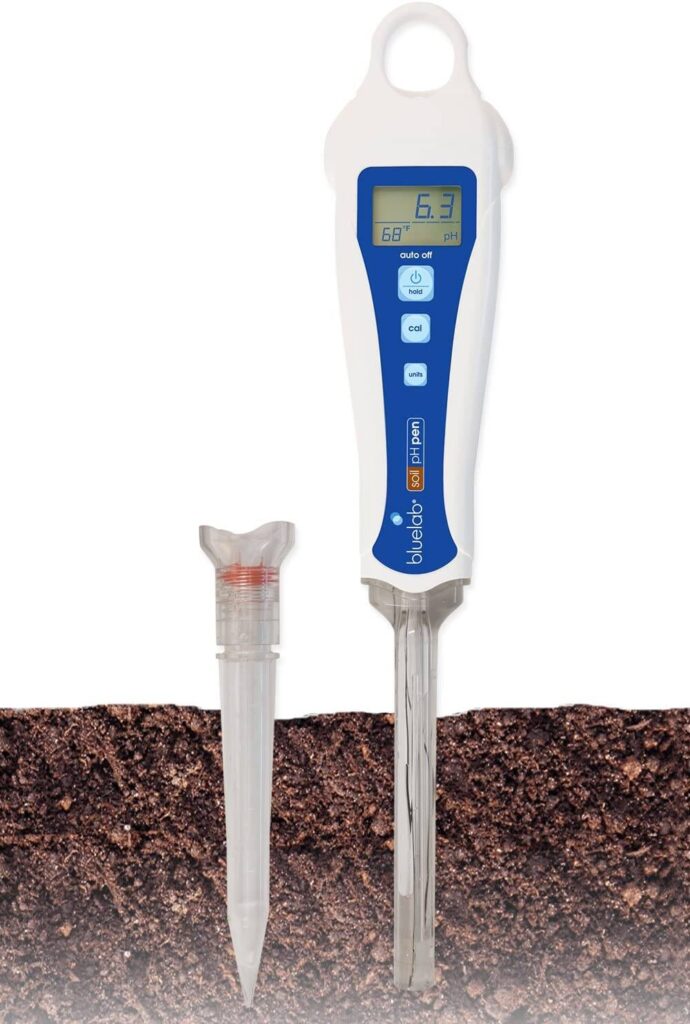
13. Garden Sprayer
A garden sprayer is a versatile tool used to apply liquids such as fertilizers, pesticides, herbicides, and water to plants. This efficient and practical tool ensures even coverage, making it an essential component of a gardener’s toolkit.
Garden sprayers come in various types, including handheld sprayers, backpack sprayers, and hose-end sprayers. Handheld sprayers are suitable for smaller areas, while backpack sprayers are ideal for larger gardens. Hose-end sprayers attach to a garden hose for convenient and widespread application.
Gardeners use sprayers to apply liquid fertilizers and nutrient solutions directly to plants. This method ensures that plants receive the necessary nutrients for healthy growth and development. The even distribution of the solution minimizes the risk of over-fertilizing or creating uneven nutrient levels in the soil.
Garden sprayers are invaluable for applying pesticides and herbicides to control pests and weeds. The ability to target specific areas or plants with precision helps minimize the impact on beneficial insects and neighboring plants. Selecting the right nozzle and adjusting the spray pattern enhances control and effectiveness.
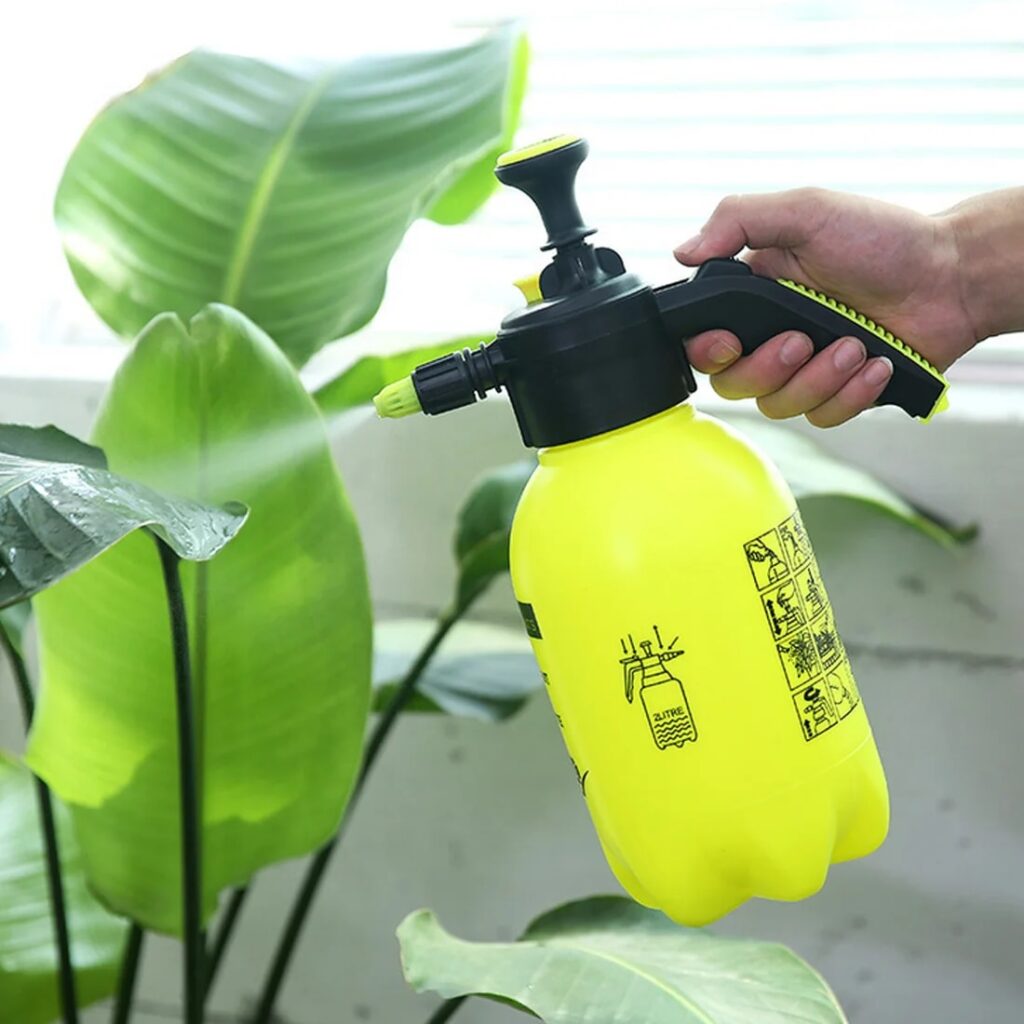
14. Garden Twine
Garden twine is a simple yet indispensable tool in the gardener’s arsenal, serving various purposes such as providing support for plants, tying up branches, and creating trellises. This versatile string-like material is essential for maintaining order and structure in the garden.
Garden twine is commonly used to provide support for tall or sprawling plants. By gently tying the stems to stakes or other supports, gardeners prevent plants from bending or breaking under their weight. This is particularly important for heavy fruiting plants like tomatoes or vines.
When pruning or training trees and shrubs, garden twine is a handy tool for tying up branches. This helps maintain the desired shape of the plant and encourages proper growth patterns. Soft and flexible twine is recommended to avoid damaging the bark or stems.
Garden twine is available in different materials, including jute, cotton, and synthetic fibers. The choice of twine depends on its intended use, as some materials are more durable and weather-resistant than others. Consider factors such as strength, flexibility, and biodegradability when selecting the right twine for your garden.
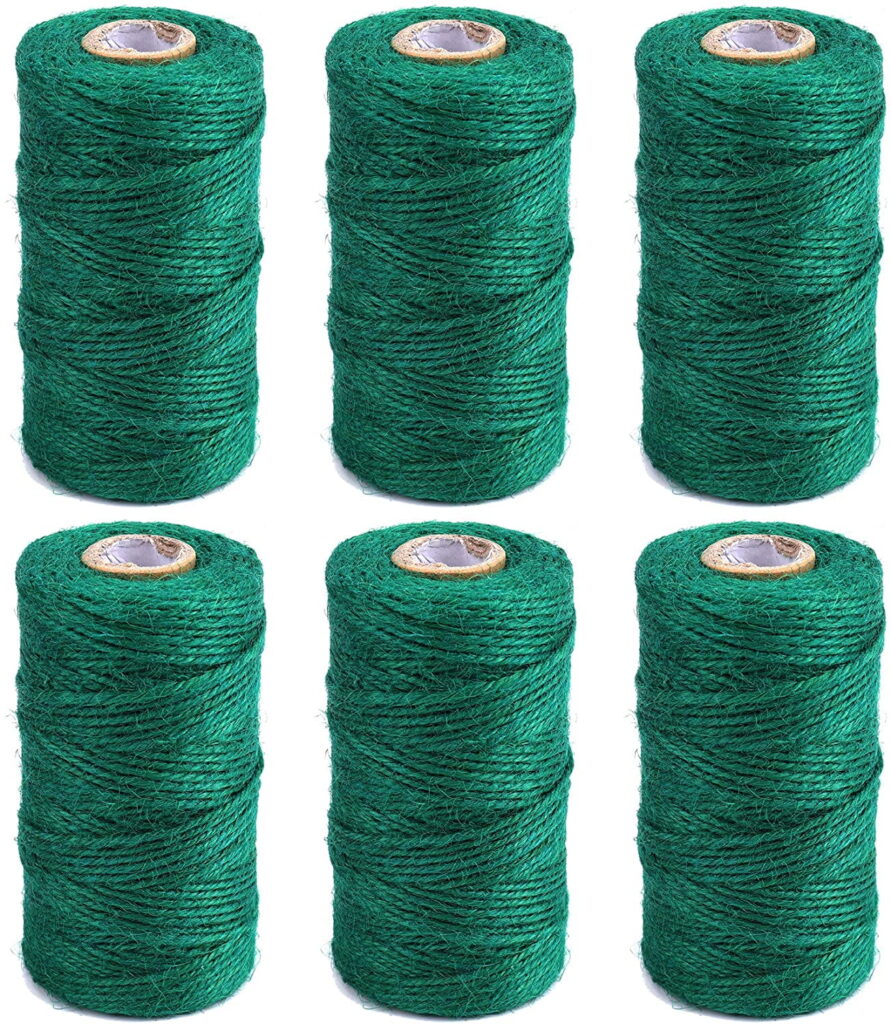
15. Leaf Blower
A leaf blower is a powerful tool designed to efficiently clear leaves, debris, and grass clippings from outdoor spaces. This versatile tool makes garden cleanup a breeze, saving time and effort while maintaining a tidy and visually pleasing landscape.
Leaf blowers come in various types, including handheld, backpack, and walk-behind models. Handheld leaf blowers are lightweight and suitable for small to medium-sized yards, while backpack and walk-behind models are more powerful and designed for larger areas. Some models also function as vacuums, allowing for debris collection.
The primary function of a leaf blower is to remove leaves and debris from lawns, driveways, and garden paths. The powerful stream of air generated by the blower easily moves leaves into piles for convenient collection or disperses them away from specific areas. This efficiency simplifies the often time-consuming task of manual raking.
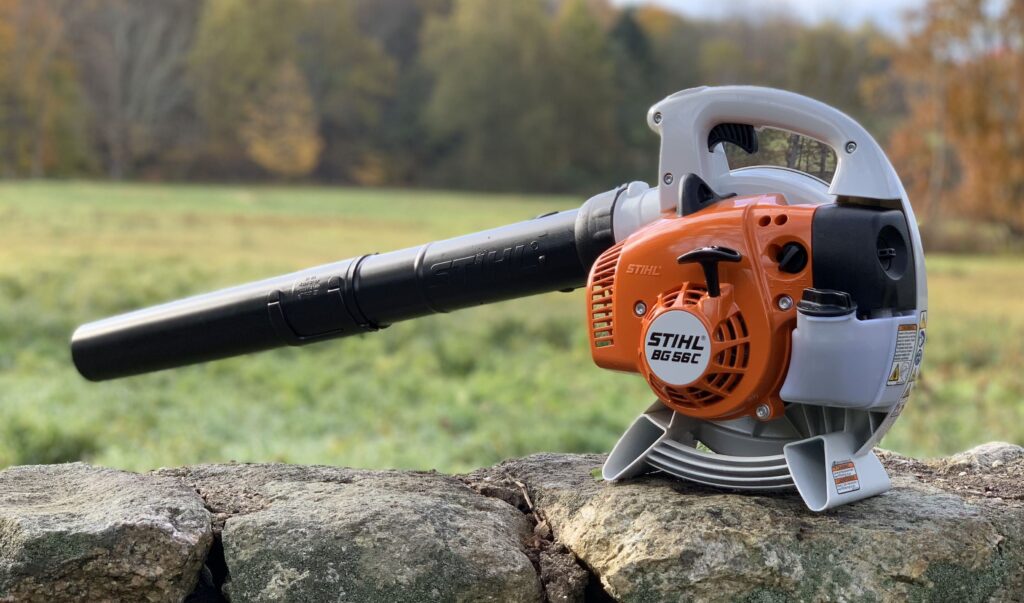
16. Compost Bin
A compost bin is an indispensable tool for gardeners looking to recycle kitchen and garden waste into nutrient-rich compost. This sustainable and eco-friendly practice not only reduces waste but also enriches the soil, promoting healthy plant growth and sustainability in the garden.
The primary purpose of a compost bin is to facilitate the natural decomposition of organic materials. Kitchen scraps, garden waste, leaves, and other organic matter are placed in the compost bin, where they break down over time through the action of microorganisms, heat, and aeration.
A successful composting process requires a balance of green and brown materials. Green materials include kitchen scraps like fruit and vegetable peels, coffee grounds, and fresh garden waste. Brown materials include dry leaves, straw, and shredded newspaper. The combination of these materials provides the right carbon-to-nitrogen ratio for effective decomposition.
Compost, often referred to as “black gold,” is a nutrient-rich soil conditioner. When added to garden beds, it improves soil structure, enhances water retention, and provides essential nutrients for plant growth. Compost also encourages beneficial soil microorganisms, contributing to a healthier and more vibrant garden ecosystem.
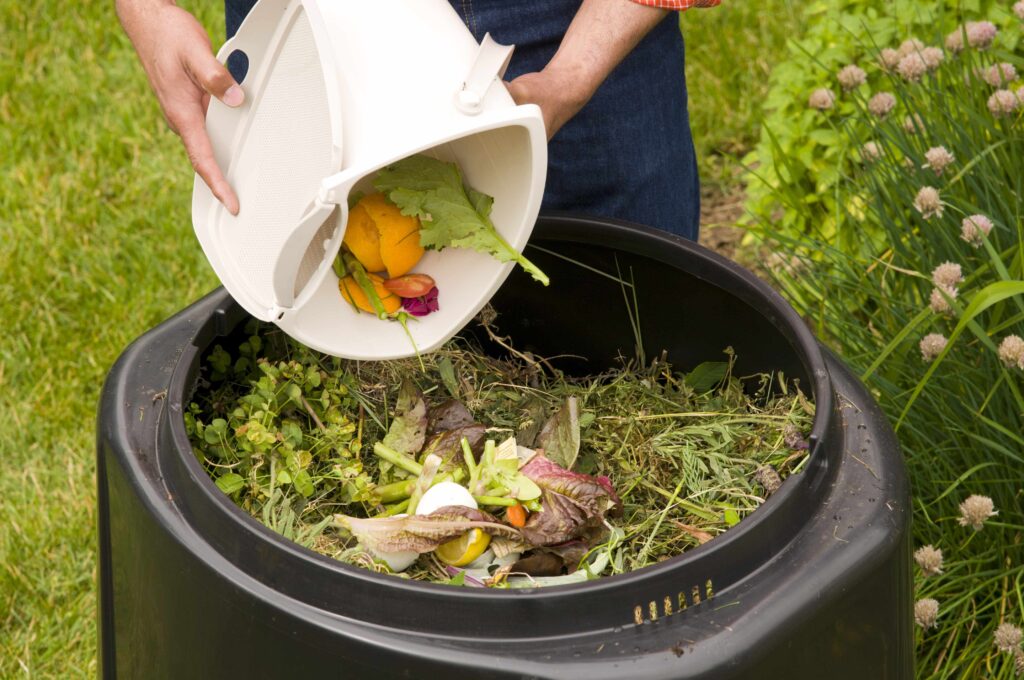
17. Dibble
A dibble, also known as a dibber, is a simple yet effective tool designed for precision planting of seeds and bulbs. This handheld implement provides gardeners with a quick and easy way to create holes in the soil at the correct depth, ensuring optimal conditions for successful germination.
A typical dibble consists of a pointed, tapered shaft with a handle at the top. The pointed end is used to make holes in the soil, while the handle provides a comfortable grip for easy maneuverability. Some dibbles feature depth markings to help gardeners achieve consistent planting depths.
The dibble is particularly useful for planting seeds and bulbs at the right depth in the soil. By creating uniform holes, gardeners can ensure that seeds have consistent access to nutrients and moisture. This precision planting promotes even germination and healthier seedlings.
In addition to planting seeds and bulbs, a dibble is handy for transplanting small seedlings. The tool allows gardeners to create holes at the appropriate spacing for seamless transplantation. This minimizes root disturbance and promotes a smooth transition for young plants.
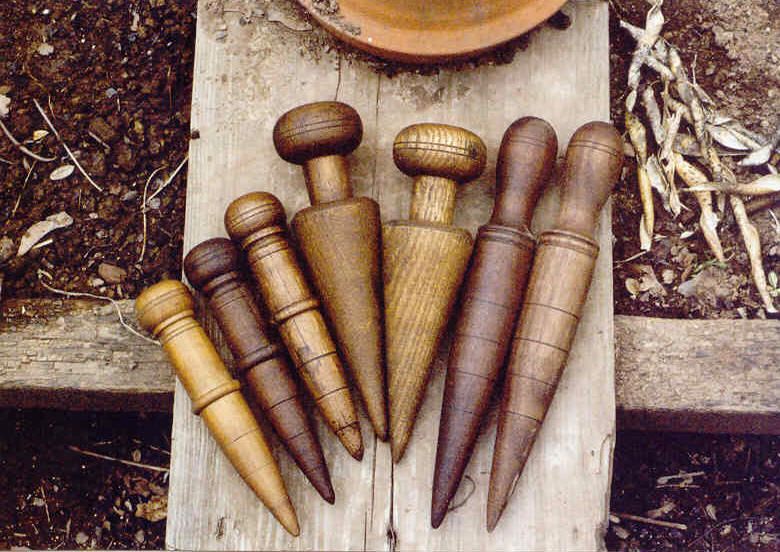
18. Weeder
A weeder is a specialized tool designed to remove weeds from the garden with precision and efficiency. Unlike general-purpose hoes, weeders are crafted to target weeds at their roots, minimizing soil disturbance and preventing the re-emergence of unwanted plants.
Weeders come in various designs, including stand-up weeders, hand weeders, and long-handled weeders. Stand-up weeders are ideal for removing weeds without bending over, while hand weeders provide close-up precision for smaller spaces. Long-handled weeders allow gardeners to reach weeds in deeper or hard-to-reach areas.
The primary function of a weeder is to target and remove weeds at their roots. The tool typically features a narrow, pointed blade or forked tip that can be inserted into the soil next to the weed. By leveraging the handle, gardeners can pry out the weeds, roots, and all, without disturbing the surrounding soil.
One of the key advantages of using a weeder is its ability to minimize soil disturbance. Traditional hoes or cultivators may disrupt the soil structure, bringing buried weed seeds to the surface and promoting weed growth. Weeders, with their precise removal technique, help maintain the integrity of the soil.
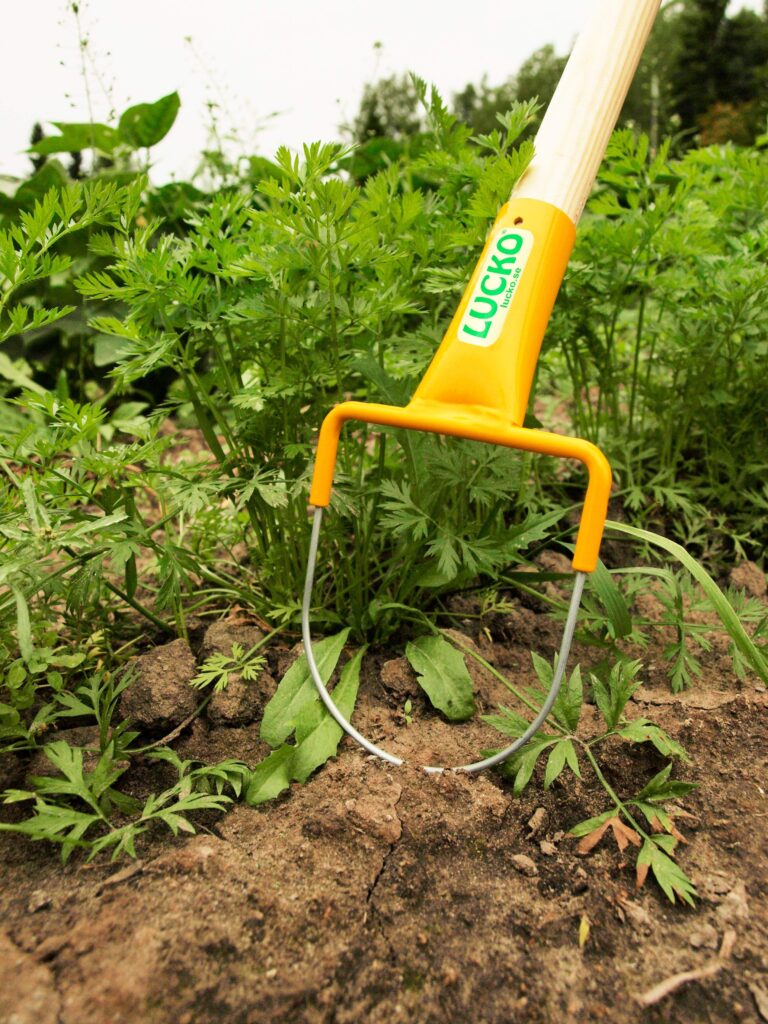
19. Garden Cart
A garden cart is a practical and efficient tool for transporting heavy loads of soil, mulch, plants, or tools around the garden. This wheeled cart provides a convenient means of tackling larger gardening tasks with efficiency and reduced physical strain.
A garden cart typically consists of a sturdy frame, one or more wheels, and a cargo bed for holding materials. The design may vary, with some carts having a single large wheel, while others feature two or four wheels for enhanced stability. The cargo bed may be constructed from materials like metal, plastic, or wood.
One of the primary functions of a garden cart is transporting heavy materials such as soil and mulch. The cart’s design allows gardeners to load large quantities of these materials and easily transport them to different areas of the garden. This is especially useful for tasks like filling raised beds or top-dressing flower beds.
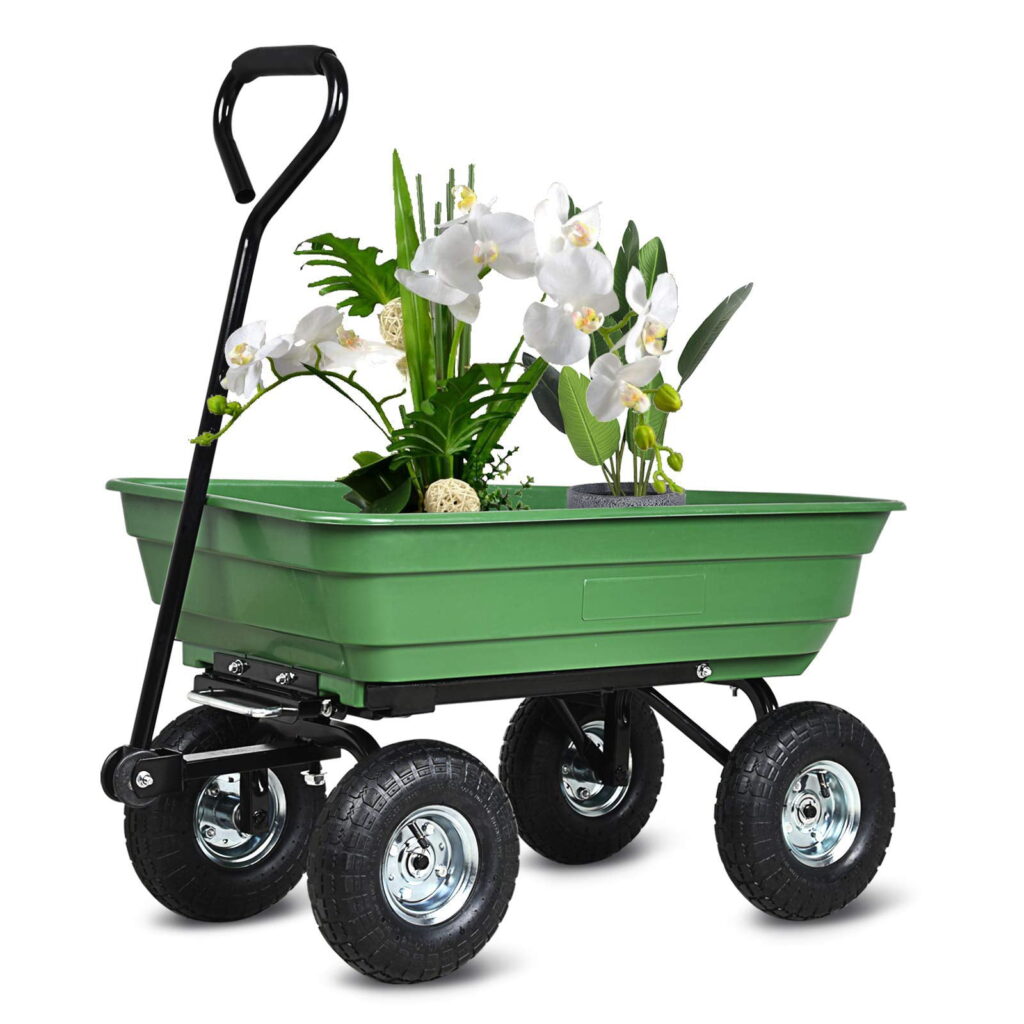
20. Garden Hat
A garden hat is not just a fashion accessory; it’s a practical tool for protecting yourself from the sun’s rays while working in the garden. This essential piece of gardening gear provides shade, reduces the risk of sunburn, and enhances overall comfort during extended periods of outdoor activity.
Garden hats come in various designs, including wide-brimmed hats, sun hats, and hats with neck flaps. The wide brim is a common feature, providing ample shade to the face, neck, and shoulders. Some hats also incorporate ventilated panels or moisture-wicking materials for added comfort.
The primary function of a garden hat is to provide sun protection. Prolonged exposure to the sun can lead to sunburn, heat exhaustion, and long-term skin damage. A garden hat with a wide brim effectively shields the face and neck from direct sunlight, reducing the risk of sun-related health issues.
Wearing a garden hat enhances overall comfort when working outdoors. The shade it provides helps regulate body temperature, preventing overheating during hot and sunny days. This is especially important for gardeners engaging in physically demanding tasks, such as planting, weeding, or pruning.
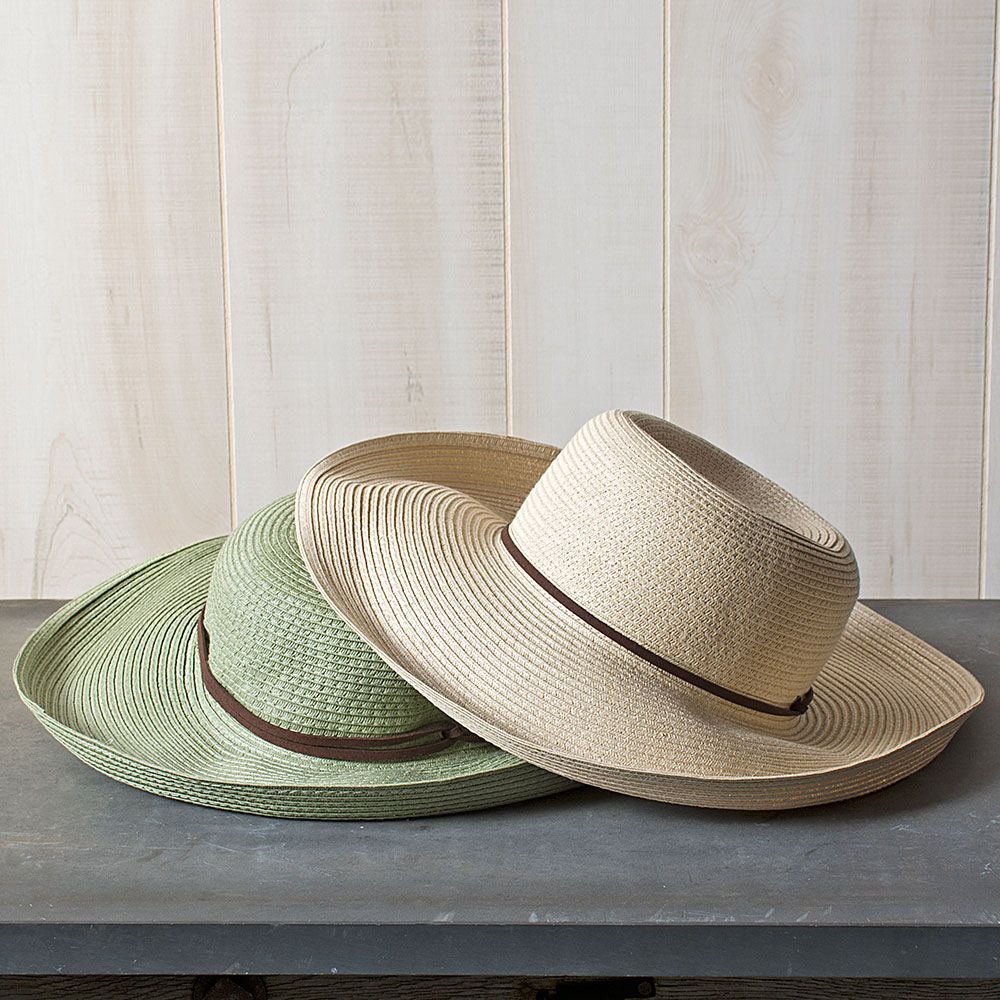
Gardening Tools – FAQs
What are some gardening tools names?
Beginners in gardening should start with fundamental tools like a hand trowel for planting, pruning shears for trimming, and a garden rake for soil leveling. These tools provide a solid foundation for tending to plants and maintaining a well-kept garden.
How do I choose the right garden gloves for my needs?
When selecting garden gloves, consider a breathable and durable material to ensure comfort during extended use. Look for gloves with reinforced fingertips for protection against thorns and blisters. A good fit is crucial, so try different sizes and styles to find the pair that suits your hands best.
What is the purpose of using a soil pH tester in gardening?
A soil pH tester is used in gardening to measure the acidity or alkalinity of the soil. This information is crucial for selecting plants that thrive in specific pH ranges and for determining the need for soil amendments. Maintaining the right pH level promotes healthy plant growth and enhances overall garden productivity.
What is the most used gardening tool?
Hand trowels, often known as hand hoes or “cultivators,” are the most widely used gardening equipment and are perhaps the most common ones you own. These implements are useful for planting seeds and bulbs, pulling weeds, and breaking up soil.
Which garden tool is used for cutting?
Shears are used to trim grass away from shrubs and tree trunks.
Conclusion
Equipping yourself with the right gardening tools is crucial for achieving success and satisfaction in your gardening endeavors. Whether you’re a novice or an experienced gardener, these essential tools will help you cultivate a vibrant and flourishing garden. Invest in quality tools, maintain them properly, and enjoy the therapeutic and rewarding experience of tending to your green space.

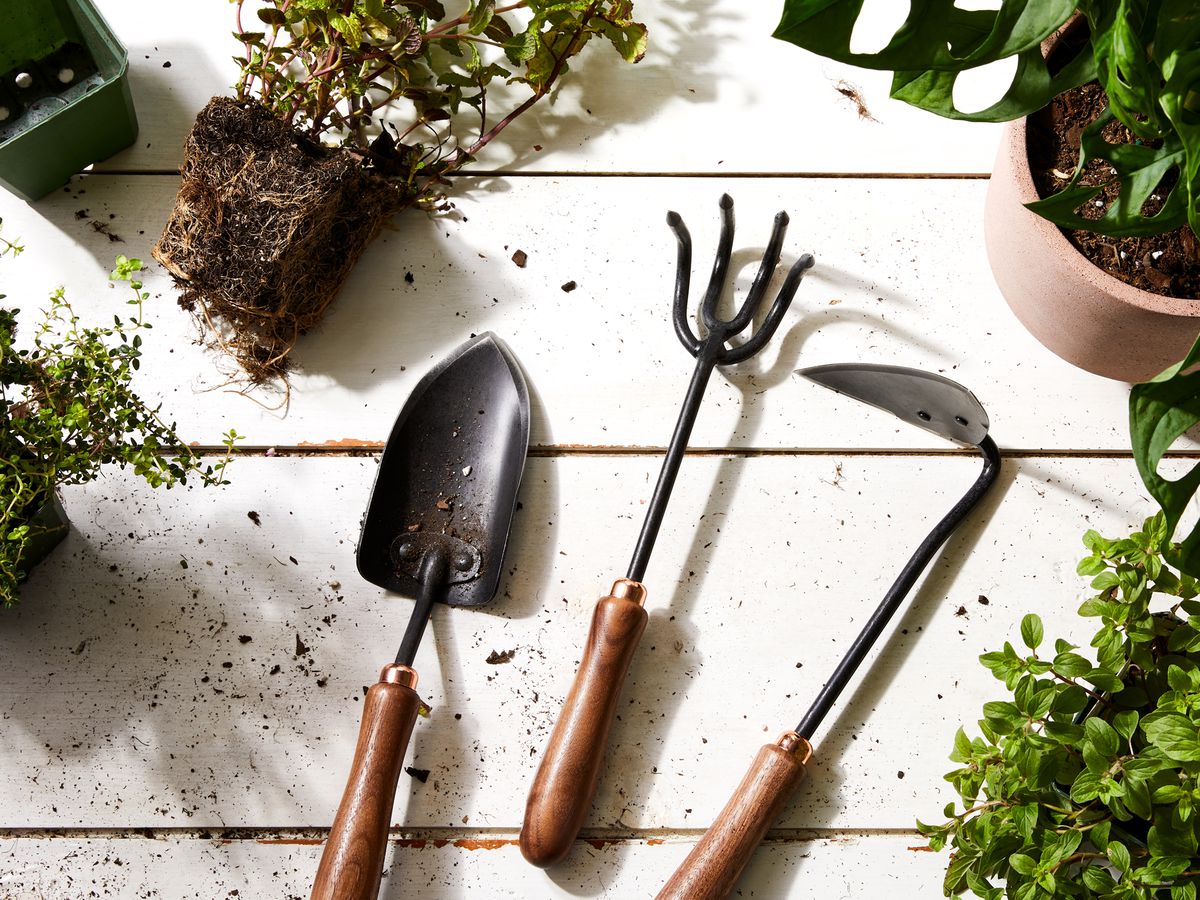

2 replies on “What Are The 20 Most Common Gardening Tools?”
[…] One of the best ways to get into gardening earlier in the season is to start from seed. From seed to harvest, it’s a simple process with the correct light and basic gardening tools. […]
[…] and foster essential life skills. There’s an abundance of innovative and child-friendly gardening tools that make this experience even more enjoyable. Let’s explore the “10 Best Gardening […]